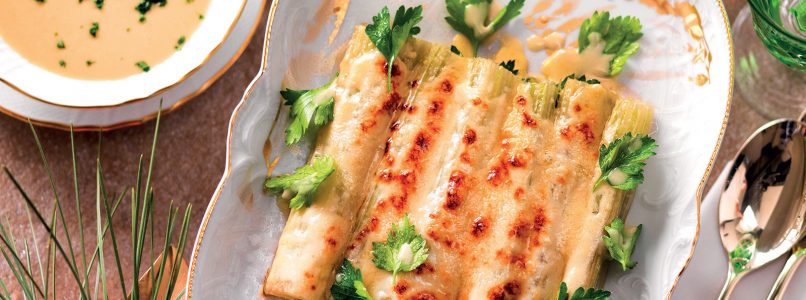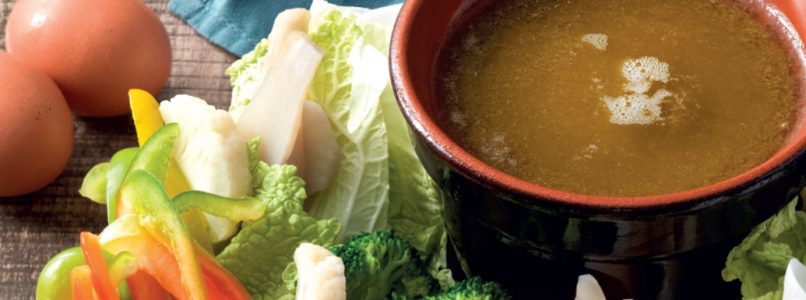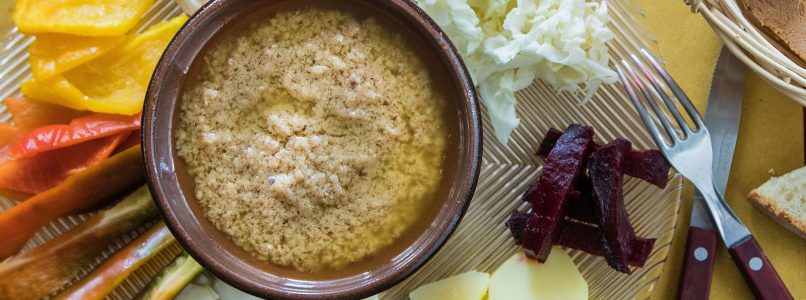If you love the most authentic flavors of Piedmontese cuisine, you will be delighted by the arrival of this historic festival. Ivory white thistle, bagna caoda and flat onion, await us on 11 October in Andezeno a few kilometers from Turin to discover once again the best of these typical products that will be on display with ornamental and edible pumpkins and a collection of potted peppers. and fruits. Do not miss the tasting and take away of the bagna caoda and the good freisa wine served by the proloco of Andezeno.
Andezeno's ivory white thistle
The municipality of Andezeno tells it this way: “The Andezeno Thistle has an ivory white color with narrow, jagged, thorny and particularly tender leaves. (…) The cultivation technique involves the practice of bleaching, which is carried out either by tucking the earth up to two thirds of the plant, or by wrapping it with straw or paper after having tied it up. In this way, the formation of chlorophyll is prevented, as a consequence of the lack of light, and the edible parts are thus white, tender, crunchy and sweet. For conservation, at the first frosts, around S. Martino, the thistles are all collected, tied in bunches and placed in holes of earth with the leaves outside the hole in order to close it. (…) The edible parts of the thistle are tender, crunchy and highly digestible, they are about 70% of the whole plant and are used in many recipes. The taste is slightly bitter. After cleaning, the ribs obtained are deprived of the filaments and boiled in acidulous water with lemon to avoid blackening. The cardoon, both raw and cooked, binds very well with the “Bagna cauda”, a traditional Piedmontese sauce made with anchovies, garlic and oil; it is also excellent paired with eggs and cheese.
Andezeno's flat onion
The municipality of Andezeno tells it this way: “Onion Piatta or Piatli-na: it has a flattened shape and a golden skin; the taste is sweet and not very spicy. It lends itself well to cooking in the oven for which it is highly sought after (stuffed onions). Due to its aesthetic characteristics, it can be confused, on a commercial level, with the flat in Stuttgart ”.
Returning to the pumpkins, after having admired the display, we can buy them in the "House of Pumpkins", Corso Vittorio Emanuele 69, Andezeno, which for 28 years has been completely decorated with hundreds of types of pumpkins in the autumn season.
For further information: Municipality of Andezeno tel 0119434204, www.comune.andezeno.to.it


